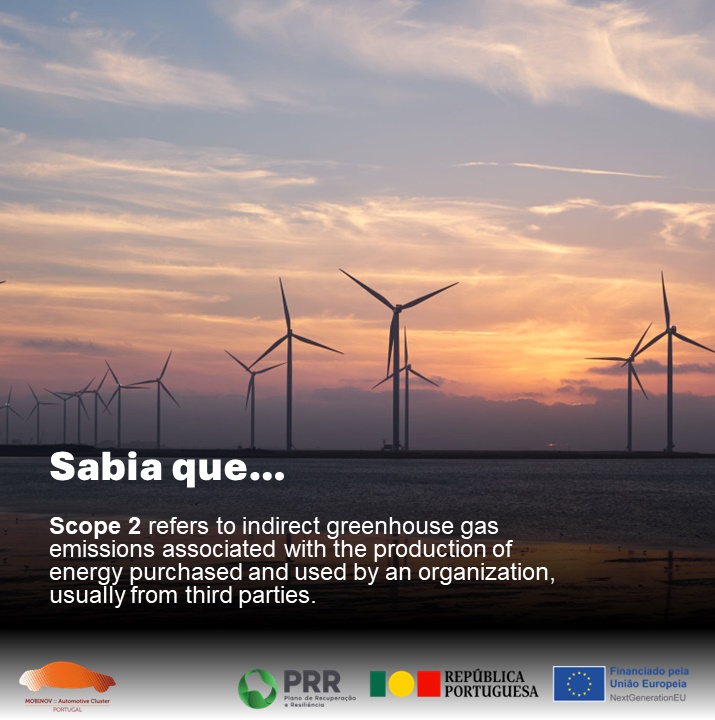
Scope 2 emissions are divided into two categories, Market-Based and Location-Based emissions.
Market-Based emissions are calculated based on the carbon intensity of the electricity purchased by the organization. If the organization uses electricity from cleaner sources, Scope 2 emissions will be lower.
On the other hand, Location-Based emissions are calculated based on the average carbon intensity of electricity in the region where the organization is located. Regardless of where the organization buys electricity, Scope 2 emissions reflect the average carbon intensity of electricity in the region.
Scope 2 is an important component of an organization’s emissions analysis, especially when considering the impact of the energy sources used to supply electricity. Reducing Scope 2 emissions requires transitioning to cleaner sources of electricity, such as renewable energy, as well as improving the energy efficiency of the organization’s facilities.
The development of the National Automotive Sector Decarbonization Roadmap has these same objectives: to reduce the impact of these industries on the environment by reducing their emissions and, at the same time, to contribute to their greater adaptation and resilience to future climate challenges.

The main sources of Scope 1 emissions in the automotive sector include:
-
- Manufacturing Processes: the production of vehicles and components can generate GHG emissions;
- Factory Operations: resulting from the combustion of fossil fuels in boilers, for example to generate heat, electricity or steam in factory facilities;
- Company Vehicle Fleets: emissions associated with company vehicles used for internal transport, delivery of parts or other purposes related to vehicle manufacture also contribute to this category;
- Fluorinated Gases: any leaks of GHGs associated with the use of refrigerant gases in air conditioning or refrigeration systems on the factory premises also have a relevant weight in this category.
Monitoring and managing Scope 1 emissions in the automotive sector is fundamental to understanding and minimizing the environmental impact of internal operations. The industry can reduce its Scope 1 emissions through sustainable practices, such as improving energy efficiency in facilities, transitioning to cleaner energy sources, reducing the use of fossil fuels in its fleets and adopting less energy-intensive manufacturing technologies. Understanding and reducing Scope 1 emissions is a basic condition for the automotive sector to mitigate its environmental impacts and move towards more sustainable and less carbon-intensive production.
The development of the Decarbonization Roadmap for the National Automotive Sector has the same objectives: to reduce the impact of these industries on the environment by reducing their emissions and, at the same time, to contribute to their greater adaptation and resilience to future climate challenges.

This classification is useful for understanding the origins and impacts of emissions, as well as for developing reduction strategies and climate change mitigation policies.
In this context, Scope 1 refers to the direct greenhouse gas emissions that an organization generates from its internal activities and emissions from its own fleet vehicles. These are the emissions over which the organization has direct control.
Scope 2 emissions, considered indirect, are associated with the production of energy purchased and used by an organization, usually from third parties, such as electricity purchased from the grid.
Finally, Scope 3 emissions are indirect, or induced, emissions associated with an organization’s activities that occur outside of its direct operations, and are therefore directly linked to the activity carried out in the value chain. Scope 3 emissions are usually the most representative and the most difficult for organizations to track and control.
The development of the Decarbonization Roadmap for the National Automotive Sector will take these specificities into account in order to effectively reduce the impact of these industries on the environment and, at the same time, contribute to their greater adaptation and resilience to future climate challenges.




